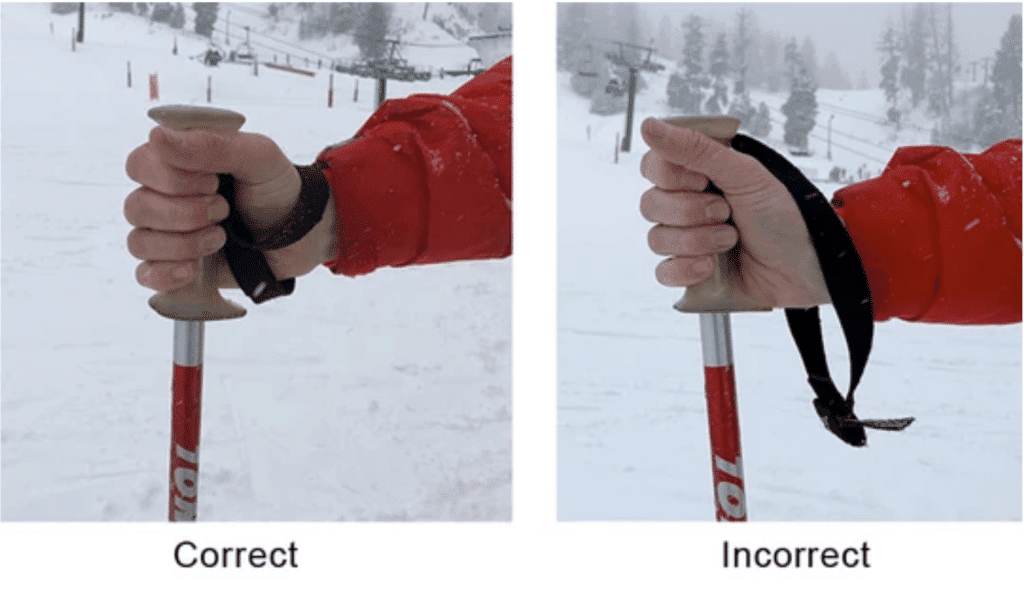Snow-sports injury: How to reduce your injury risk on the slopes?
South Yarra Spine and Sports Tailored Programs
With high rates of knee, wrist, and neck injuries, Snowsports can be a cause of concern for suffering an injury, but it doesn’t need to stop you from happy shredding this winter. Here at SYSSM, we have a few happy shredders (Phoebe is a ski superstar, and Kylie is a brilliant boarder) who are ready to keep you ski and snowboard fit.
If you’re wanting to further injury proof yourself before this snow season, or maybe you need some guidance on recovering from an injury, SYSSM have designed a screening tool to identify any risk factors or weaknesses in muscle strength/stability/control that may predispose injury.
Following a comprehensive screening, we will then work with you to implement a targeted ski or snowboard program to address any significant findings, and optimise your on-snow performance whilst reducing injury risk.
Reach out to us or book online to learn more, otherwise, we’ll catch you on the slopes…happy shredding, yew!
For bookings please call 03 9826 2122 and mention you are keen for a snow sport screening.
Equipment & injury risk
Along with adequate muscle strength, ski equipment can also assist with injury prevention.
Ski Boot Binding Systems
Ski boot binding systems (SBBS) have progressed over the years, and current research demonstrates that the failure of bindings to release during a fall is one of the main causes of skiing-related lower leg injuries1-3. DIN is the standard for the release settings on your SBBS and is determined by a combination of your skiing ability, height, weight, and boot length. Particularly if you’re new to skiing, you should get your DIN settings checked by a ski technician before you catch the lift to make sure the setting is suitable for you3.
Skiers and Poles
It’s also recommended that skiers with poles should discard the pole prior to hitting the ground to minimise risk of injuries to your thumb, hand, and wrist when falling1. Although losing a ski pole may lead to a hike up a hill, it’ll beat an injury! Correctly gripping the poles can also help prevent injury (see image)

It should go without saying that the use of a helmet when skiing is also highly encouraged – not only is it important protection for your skull6,7, but a great ski fashion accessory too (evidence is picture below).
Get In Touch
One body, keep moving for life.
